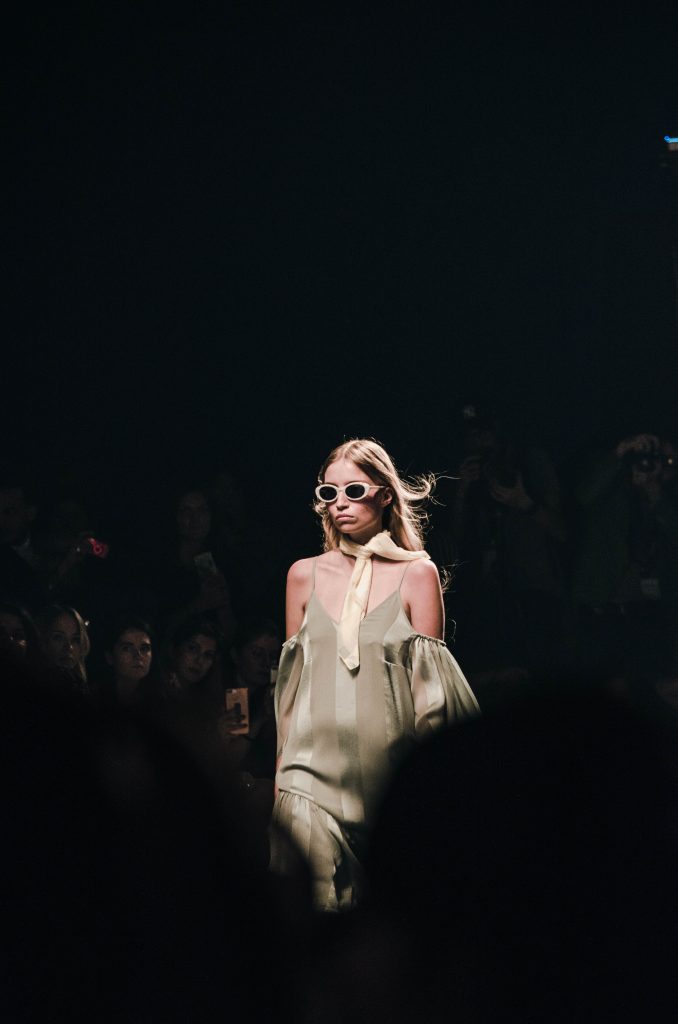
In December 2023, Paloma Elsesser made history as the first ever plus-size woman to win Model of the Year at the British Fashion Awards. This should have been something to celebrate, however she quickly received online hate over her win, with many arguing that the award should have gone to Anok Yai. Whilst Anok is also an incredible model and very deserving of recognition as well, the praising of one woman should not be done at the expense of another. The hateful comments directed at Paloma drove her to leave Instagram, at a time where she should have been showered with congratulations and positivity.
This prompts the question: has the modelling industry gone backwards? Once again, plus size models are being undervalued in comparison to their thinner peers — data revealed that in the autumn/winter 2023 season globally, only 0.6% of the fashion looks were seen on plus sized bodies! The awful hate directed at Paloma Elsesser is one piece in this picture of the modelling industry reversing its progress of inclusivity. In her Vogue article, Paloma shared that she felt guilty about stepping back from modelling (which she did for health reasons) because of the limited representation and an ‘unapologetic propensity toward thinness’. Speaking on her return to the industry, she revealed that ‘in light of the disappearing diversity on runways, I feel more called to mobilize than ever’; she felt the responsibility to provide that plus size representation that was missing. This reflects a dramatic turn away from the inclination towards inclusivity that was seen in the industry a couple years ago — but why? The rise of plus-size representation seems to have befallen the fate of many fashion “trends”, replaced with the ‘heroin chic’ style last seen in the 90s and 00s and popularised by models like Kate Moss. This embraces size 0 models — who, of course, should have their deserved place on the runway, but there should be models of other sizes walking alongside them. However, it seems like the modelling industry works in extremes: either a sharp drive for body positivity, arguably in an effort to cover their toxicity and mistakes of the past, or a complete lack of representation, an ‘unapologetic propensity toward thinness’.
One chief culprit of this exact scenario is Victoria’s Secret. The VS Angels were infamous, their fashion shows were legendary, with performers taking the stage alongside models to make it a real spectacle. These shows were also undeniably toxic. This was particularly prevalent when Barbara Palvin, a very slim woman, was labelled ‘plus-size’. It goes without saying how utterly damaging this kind of message can be to viewers, especially as the VS shows became so incredibly popular. Therefore, when Victoria’s Secret made a complete turnaround to try to bandage up their mistakes by abandoning the Angels and launching an inclusive campaign instead, it was jarring — not because of the new inclusivity seen on the catwalk, which should be championed, but because of the fashion brand itself. It was an arguably very hypocritical move to try to fit with the new “trend”. Their recent decision to return to the original Victoria’s Secret image and bring ‘sexy’ back, because sales had plummeted, only confirms this.
That only 0.6% of the looks in the autumn/winter 2023 season were plus size should shock and outrage everyone. But has fashion just always been obsessed with thinness? Despite plus size bodies being seen as a trend, size 0 seems to never go out of fashion. Of course, having sample sizes be the same makes sense from a practical point of view, but modelling is such a spectator’s affair, and is absorbed by so many women — so many young girls. The recurring issue with sample sizes just exposes the hypocrisy of the industry. It first needs to take accountability for its lack of diversity across the years, rather than going to jarring extremes, so that models like Paloma Elsesser don’t receive hate from the public for simply winning awards they’ve earned!
Featured image: Duane Mendes on Unsplash
